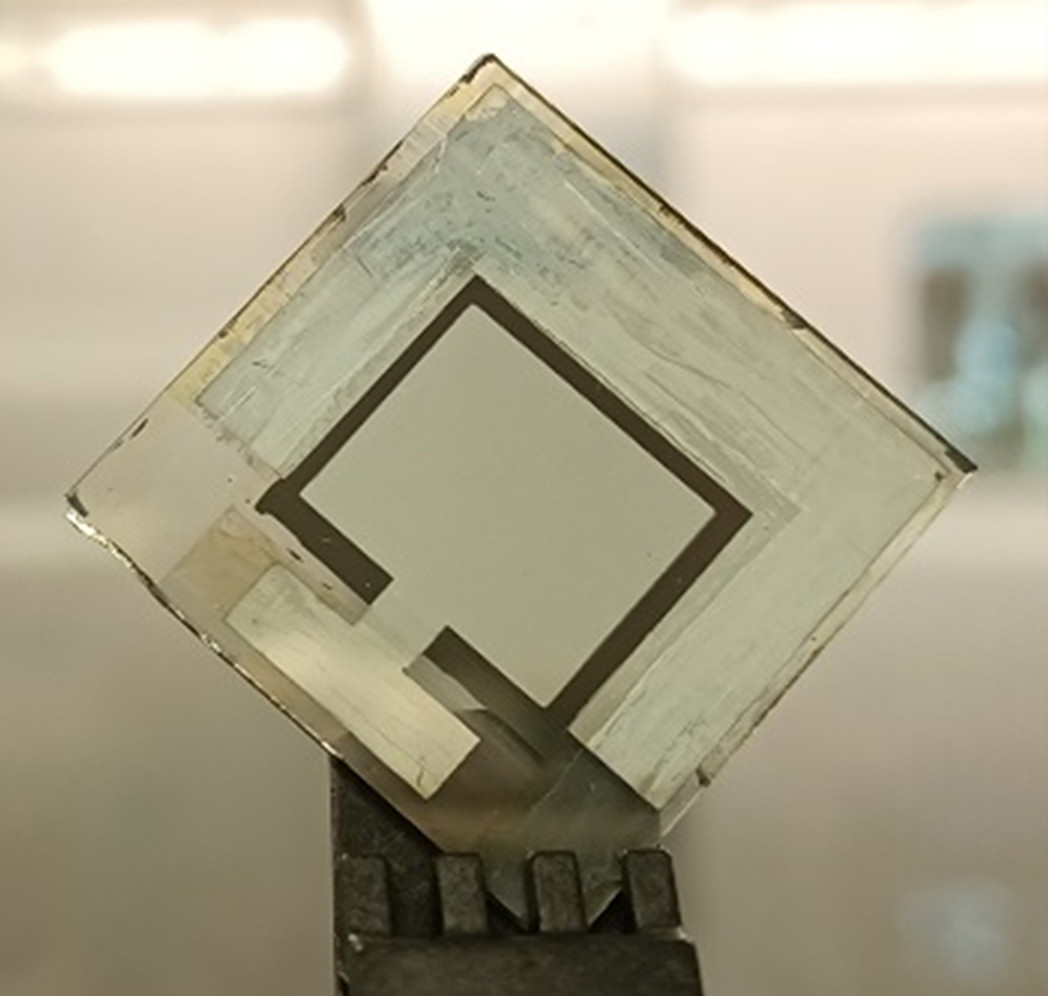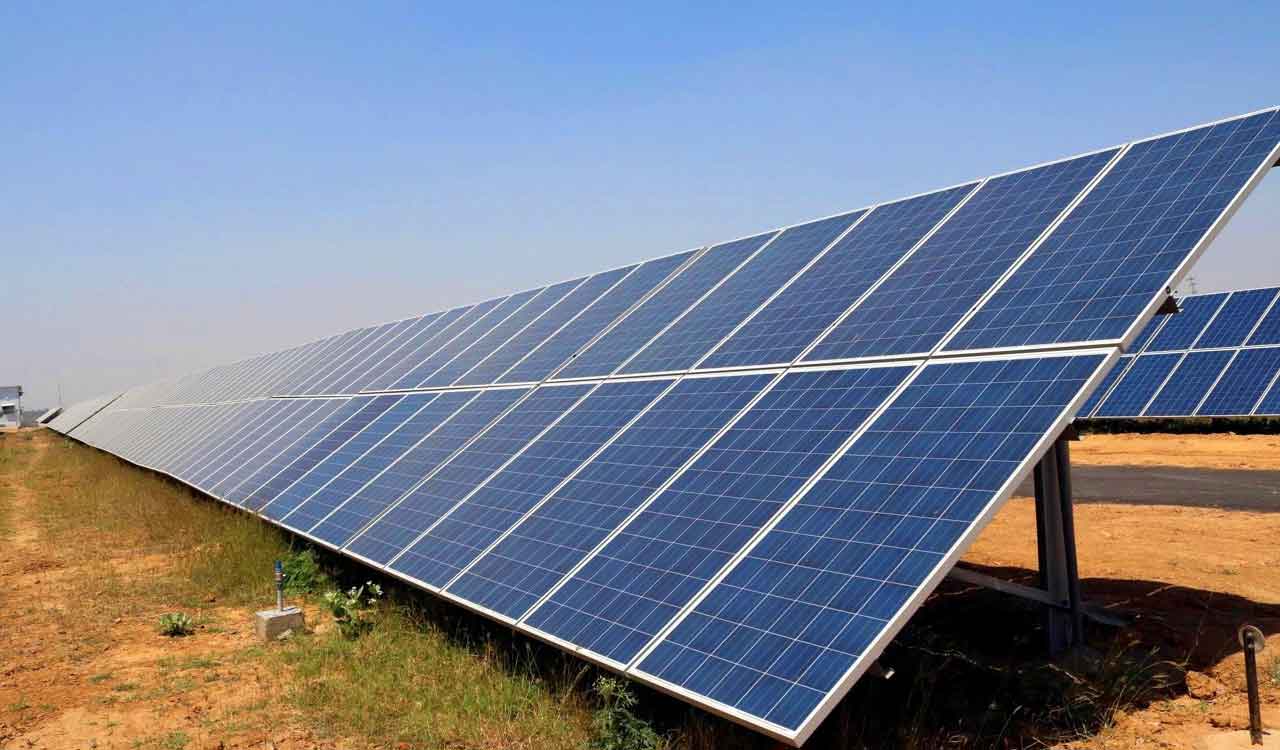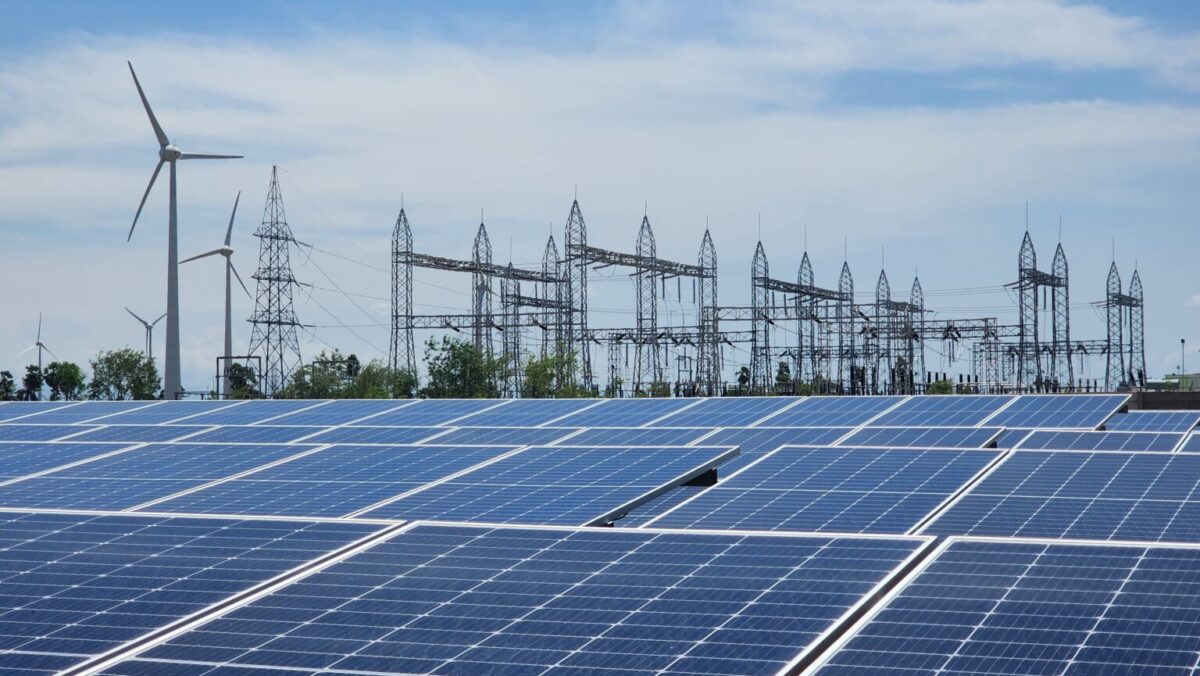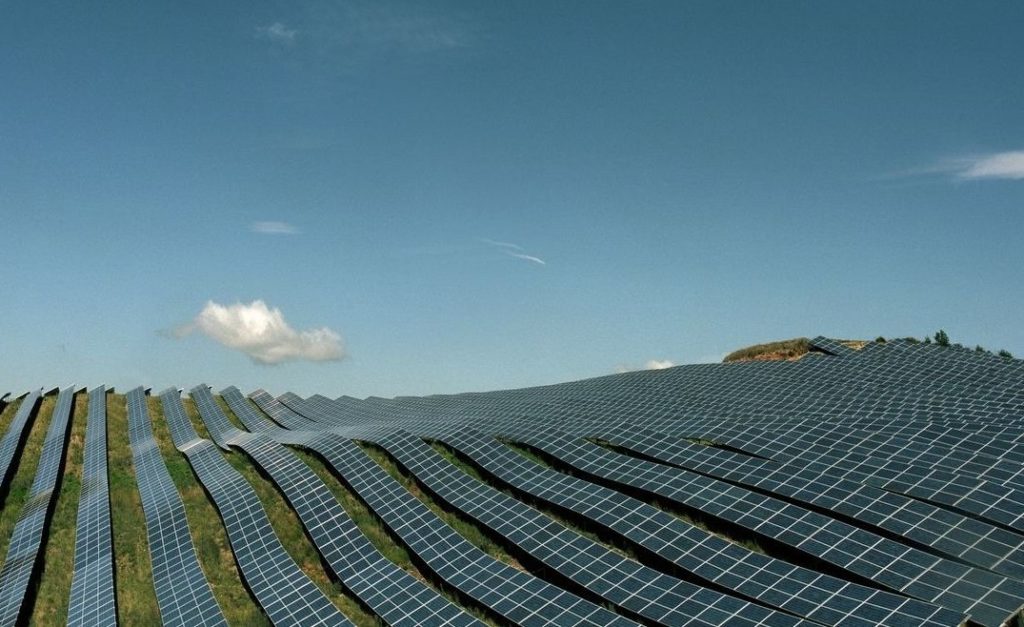Advancements in Efficiency and Stability
The Korea Institute of Energy Research (KIER) has made significant strides in the field of solar energy with the development of semi-transparent perovskite solar cells. Working in collaboration with the KIER Energy AI and Computational Science Lab, the Photovoltaics Research Department achieved a record-breaking efficiency of 21.68%, positioning these cells as the world’s most efficient among transparent electrode perovskite solar cells.
Key Achievements in Stability and Efficiency
The semi-transparent solar cells demonstrated exceptional durability, maintaining over 99% of their initial efficiency after 240 hours of operation. These advancements are crucial for achieving carbon neutrality by 2050, emphasizing the importance of ‘ultra-high efficiency’ and ‘diversifying application areas’ in solar cell technology.
Identifying and Solving Challenges
To fabricate these semi-transparent perovskite solar cells, the researchers faced challenges related to the degradation of the hole transport layer during the electrode replacement process. Through electro-optical analysis and atomic-level computational science, the team identified that lithium ions (Li) diffused into the metal oxide layer, negatively impacting stability. The problem was successfully addressed by optimizing the oxidation time of the hole transport layer, converting lithium ions into stable lithium oxide (LixOy) to enhance device stability.
Impressive Efficiency and Application in Tandem Solar Cells
The optimized process resulted in semi-transparent perovskite solar cells with unmatched 21.68% efficiency. Additionally, the research team applied these cells as the top cell of tandem solar cells, creating the country’s first bifacial tandem solar cells. In collaboration with Jusung Engineering Co., Ltd. and the German Jülich Research Center, these bifacial tandem solar cells achieved high efficiencies of 31.5% for four-terminal and 26.4% for two-terminal configurations.
Future Outlook
Dr. Ahn SeJin of the Photovoltaics Research Department emphasized the study’s significance, stating, “Our solution is readily implementable, demonstrating great potential for the future use of the technologies we have developed.” The research findings were featured on the Outside Front Cover of the esteemed journal ‘Advanced Energy Materials,’ with a notable impact factor of 27.8. This breakthrough highlights the potential for advancements in solar technology and its crucial role in the transition to green energy policies.
In conclusion, KIER’s achievements in semi-transparent perovskite solar cells mark a significant step forward in the solar energy market, contributing to the ongoing developments in solar technology and shaping future trends in the energy market.
Source:miragenews.com





